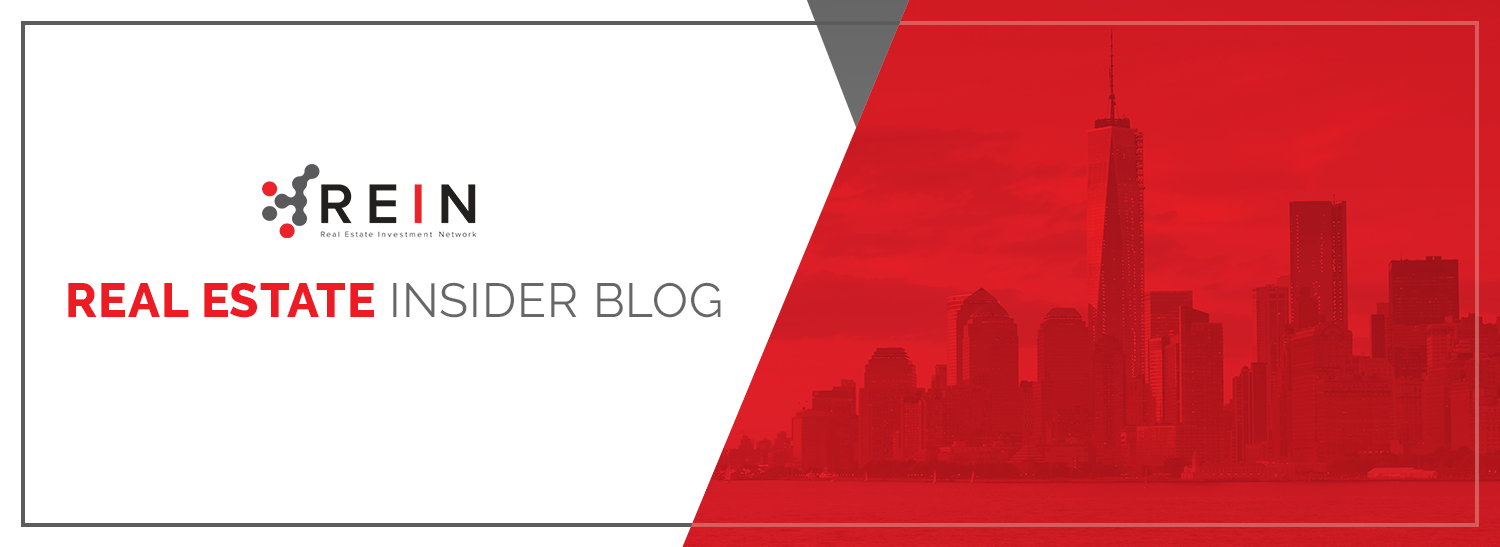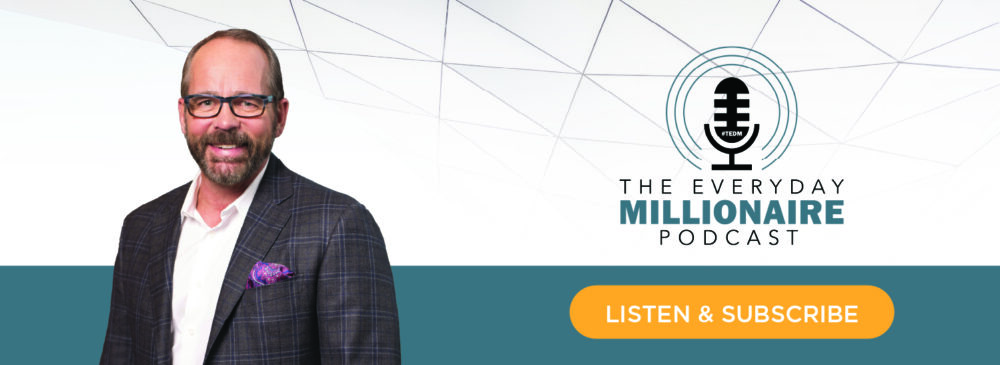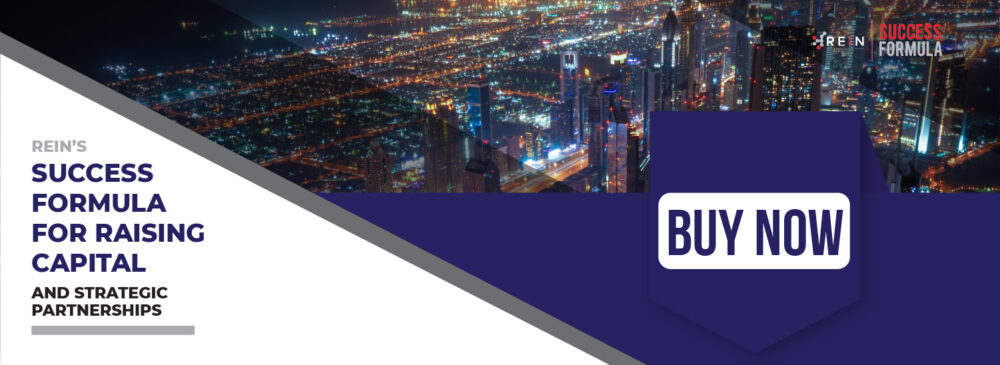Why You Must Convert Your Outstanding HELOC to Variable Rate Mortgage

By Calum Ross
Are you real estate rich and liquid capital poor? Its a situation far too many home owners and real estate find themselves in these days. Everything you do when it comes to building your wealth with real estate relies on liquidity. If a costly home repair, like a broken furnace or a leaky roof appears out of the blue, chances are you may not have an extra $10,000 sitting around in your rainy day fund to address major repair costs.
With low rates here to stay for the foreseeable future, many homebuyers are deciding to tap into the equity in their homes with a Home Equity Line of Credit (HELOC). While a HELOC makes sense for short-term borrowing, have you ever considered a variable mortgage conversion? A variable mortgage conversion is perfect for those who dont like shelling out more money in interest to their bank than they have to. If you are interesting in making your bank rich then please dont read on.
HELOC VERSUS VRM Interest Rates and Cost of Borrowing
Variable rate mortgages have a distinct advantage over HELOCs. You dont have to be a math whiz to see the savings opportunity. The interest rate on HELOCs is typically prime plus 0.5% or more (that would be 3.35 percent today), while you can find variable rate mortgages for 2.1 to 2.25 percent (that up to 1.25% lower or more than $100 per month per $100,000 owing).
Not only are HELOC rates higher than variable mortgage rates, your lender can technically change your HELOC rate at any time (e.g. from prime +0.5% to prime +1.0%). Comparatively prime rate typically doesnt budge until theres a change in the overnight lending rate by the Bank of Canada. This means you could find yourself paying a higher HELOC rate at the whim of the lender, whereas variable rates rely on prime rate, which is more stable and the discount is guaranteed.
To dig a little deeper, with variable rate mortgages youre guaranteed a spread Prime +/-, but with HELOCs you arent guaranteed that same spread. For example, you could have a variable rate mortgage at Prime -0.5 percent; in that case your mortgage rate will only change if your lender changes prime rate. Although most HELOCs today are generally prime +0.5 percent, your lender can technically change that at any time. Dont think it could happen? Go ask anyone who has line of credit outstanding during the last credit market crash (sub-prime crisis).
Principal Repayment
Not only will you save on interest and improve your cash flow by converting, a variable rate mortgage provides a better principal repayment. As you repay your debt, more money will go towards principal and less towards interest. Over the life of your mortgage, youll save thousands in interest and pay it off years sooner whats not to love? Your interest payments are lower and you repay more principal win-win! When you borrow to invest with a VRM, you also get the same interest deductibility as its not what you borrow against or the type of borrowing product you use. It is what you borrow for that makes interest tax deductible.
Lender Qualifications
Qualifying for a variable rate mortgage and a HELOC is very similar. It is a little harder to get approved for a HELOC because the maximum Loan-to-Value (LTV) is 65 percent unless there is a mortgage component. Homeowners used to be able to obtain a HELOC with a maximum LTV of 80 percent until the federal government introduced a new round of mortgages rules. The limitations of a HELOC remove this type financing from the list of options for those who dont have enough saved for a down payment or sufficient equity in their homes.
While a line of credit only requires an interest only payment, when the lender calculates this into debt servicing they will also include a principal payment just like a normal mortgage to confirm whether you qualify. The bottom line is that while the flexibility may seem appealing the real impact to your wealth when you consider the missed principal repayment and the higher rate are a disaster.
The qualifying rate for HELOCs and variable rate mortgages is similar. Youll have to qualify at a higher rate known as the qualifying rate. Even though you can afford the lower rate of variable rate mortgages, youll have to qualify at the lenders posted five-year rate, which can be a lot higher. The qualifying rate is to ensure you can handle higher payments if and when rates go up. Make sure youll qualify for the amount you want before you consider this strategy.
Calum Ross was ranked as the top producing mortgage broker in the country by Canadian Mortgage Professional Magazine. He holds both a B.Comm and MBA in Finance and recently completed a comprehensive Leadership Program at Harvard Business School. Reach him at: www.calumross.com.
{{cta(‘6e2c21ed-ae85-40ce-88b6-ead94cc39541’)}}




